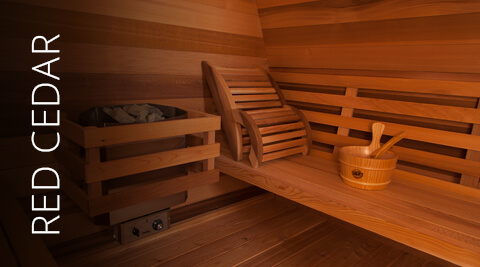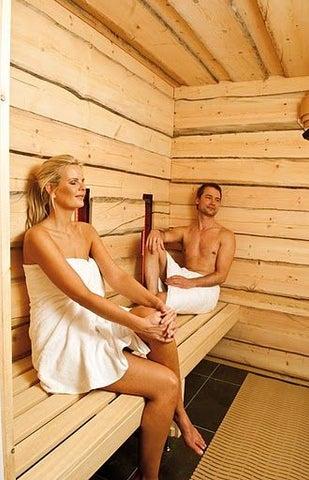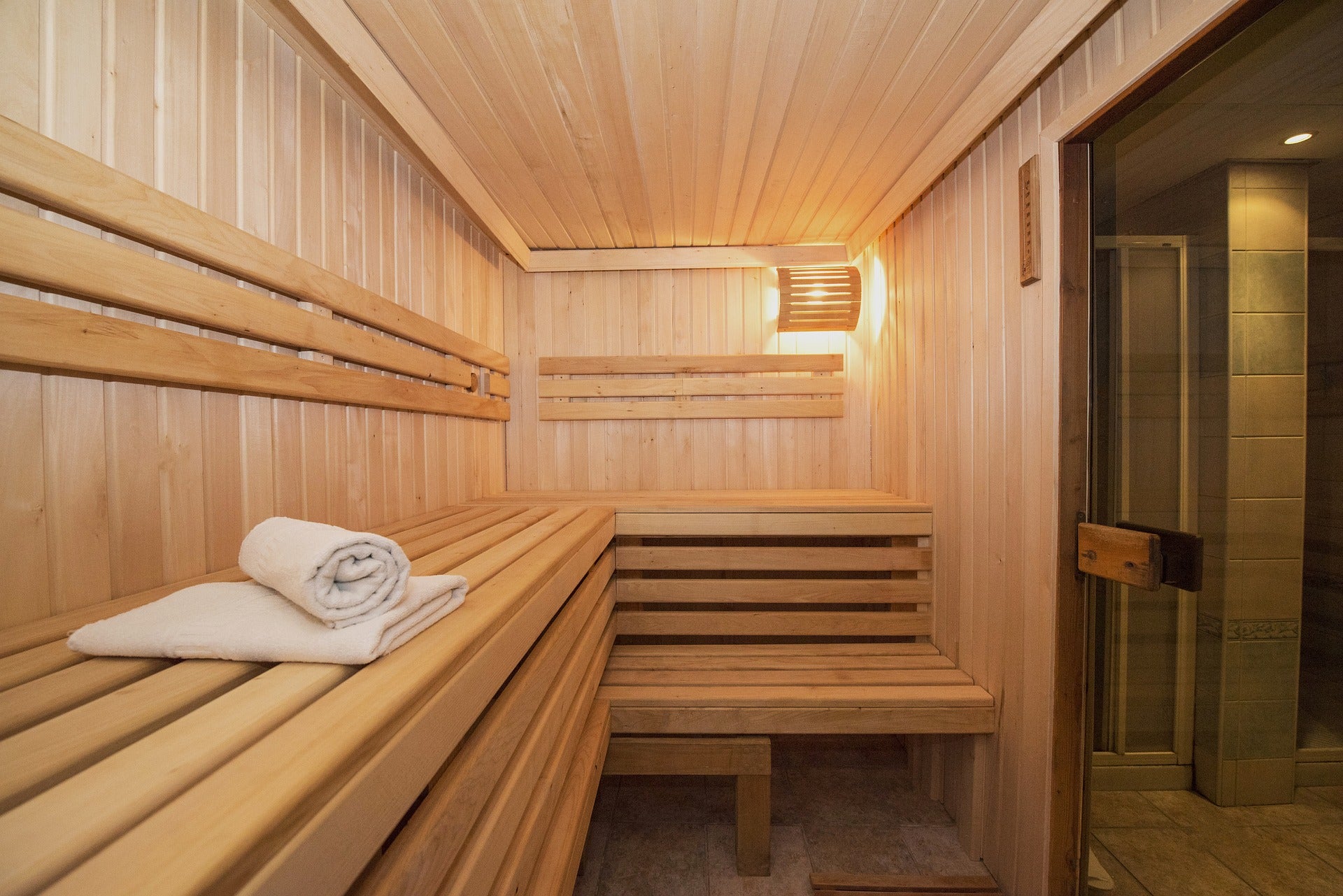7 Easy Facts About Traditional Sauna Explained
7 Easy Facts About Traditional Sauna Explained
Blog Article
Getting My Traditional Sauna To Work
Table of ContentsThe Main Principles Of Traditional Sauna Fascination About Traditional SaunaTraditional Sauna for BeginnersThe Greatest Guide To Traditional SaunaThe 8-Minute Rule for Traditional Sauna
A lot of the weight shed in a sauna is water loss and is re-gained upon rehydrating. However, certainly sauna can be a fundamental part of a healthy and balanced weight management program. To look at the differences in between standard and IR saunas, I will certainly separate these right into verifiable, theoretical, and produced distinctions.Therefore, the hottest factor in the saunawhich goes to the ceiling directly over the sauna heateris normally in between 185 and 190 F. Claims that a typical sauna goes beyond 200 F is merely not real and not applicable for electric saunas marketed in the United States. The temperature level for a far-infrared sauna is usually set between 120 and 140 F; nevertheless, unlike the traditional sauna, the objective in and IR room is not to accomplish a high temperature.

When a standard sauna has been properly warmed, the sauna wall surfaces are cozy, the air temperature level has attained set temperature and the rocks are super heated. As a fascinating side note, the heated walls and the rocks are releasing far-infrared heat, integrated with the warmed air, to develop an "enveloping warmth".
3 Simple Techniques For Traditional Sauna
When the heat is achieved, the aspects cycle on and off to keep the heat. The majority of conventional sauna customers enjoy pouring water over the rocks to develop steam to increase sauna humidity degrees. The benefits of pouring water over the rocks consist of: making the area much more comfortable, moistening the nasal flows, and permitting the use of aromatherapy by mixing vital oils with the water.

When the energy goes into the body, it triggers the body temperature level to enhance and ultimately leads to sweating. In an infrared sauna it's important for the emitters/heaters to stay on nearly frequently. Considering that there is no mass of rocks to keep heat, the sauna will cool if the emitters closed off.
The Facts About Traditional Sauna Uncovered
As discussed above, the sauna bather in an infrared area wants to position himself before operating emitters to obtain optimal gain from the warm. The home heating time for both rooms can be very different, depending upon just how the areas are used. For a standard sauna, a bather must allow 30-40 minutes for the space to achieve a desired temperature level and to correctly pre-heat the rocks.

A well constructed sauna will usually attain a temperature level of 150-160 F in regarding 30-40 mins. For hotter temperatures, the area may require to warm for a longer duration.
To some, 15 mins was "thrown away" while the infrared energy heated the wood panels instead of warming a body, while others find a pre-heated space to be much more comfy Discover More and think a raised starting temperature level is required to begin sweating. The length of recommended use for every room is about the very same (10-15 mins per session); nevertheless, because of the reduced air temperatures and the capacity to really feel the effects of infrared heat much faster than a standard sauna, it is not uncommon for a person to invest an overall of 20-30 minutes in an infrared sauna.
Traditional Sauna Fundamentals Explained

The ordinary price per kWH of electricity in the U.S. is about $0.11, so a 4.5 kW heater will set you back around $.50 to compete one hour, if the heating unit runs continuously for one hour. Typically a sauna heating system will compete 75% of the initial hour and 50% of succeeding hours on considering that the components cycle once the set temperature is accomplished.
A two person far-infrared area is typically literally smaller than a typical sauna, often concerning 4' x 4' or smaller. The IR heating unit is typically 1.5-1.7 kW making use of a 120 volt 15 amp plug-in service. Since the space can be used faster than a sauna area, we will Website certainly assume the space is used for to of an hour including warmth up time.
There is a rarely gone over difference in the social experience between the two spaces. While our culture has actually shed several of the social benefit of the typical sauna experience, it can be extremely socially fulfilling (Traditional Sauna). From family members time in the sauna, to heart-felt discussions with loved ones, to sauna partiesthe conventional sauna experience can result in intimate mingling
The Traditional Sauna Statements
Many higher end infrared rooms include tinted light therapy, sound systems and full-glass fronts.
Report this page